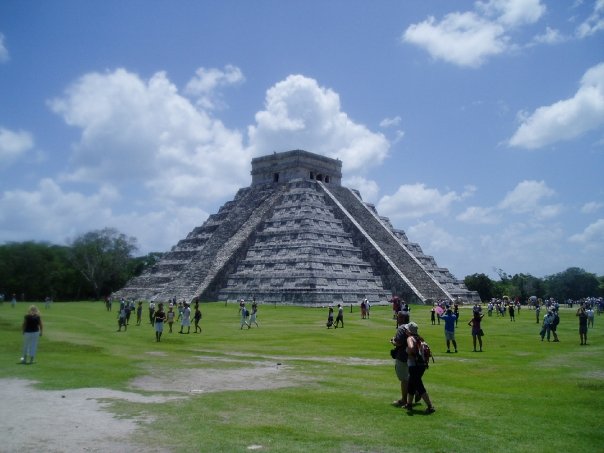For most of human history, not only did the government tell the citizenry what religion to follow, but the government was run by the gods themselves. In Greece, Babylon, Crete, China, and Peru, the kings were believed to be descendants of the gods. In Japan, Egypt, and Mongolia, they were gods incarnate. The Aztecs, Mayans, and Europeans under the Catholic Church were ruled by those who claimed to have been chosen by the divine to rule.
Even if the government you are creating isn’t a theocracy where the Priests rule the populace, it is extremely likely that the head of the political class is somehow linked to the religious class. In feudal Europe, the Archbishop or Cardinal was likely the one who crowned the king. Often, questions of succession were even arbitrated by the Church.
One thing to think about is which group is actually in charge. If the Monarch is also the head of the church, so the ecclesiastical hierarchy may be controlled by or subordinate to the aristocracy. Alternatively, the Church may have the authority to say who has the divine right to rule, which would mean even a king or emperor is ruled by the church in some way. Yet another option is that they are completely separate. This could be a source of conflict between the groups, or it could be recognized as way to keep the peace in a culture with multiple belief systems.
In your world building, consider how the government and religion interact with each other. Are they antagonistic? Does the government promote or prohibit a specific religious belief? Which ones? How? If the government steps out of line with the ideas of religious leaders, what can they do? In the Middle Ages, Excommunication was so frightening a concept that wars were waged because of it. In a world where the gods grant their priests magical powers, angering the head of the church may be fatal.
Next week, I’ll be talking about governmental rights and responsibilities. Thanks for reading. See you next Sunday!

